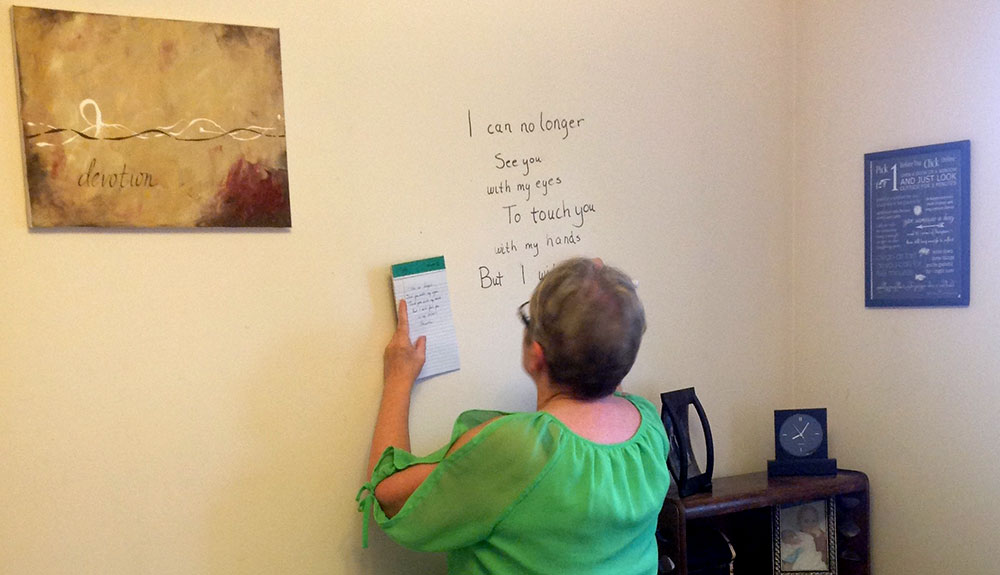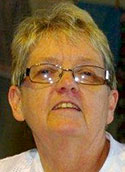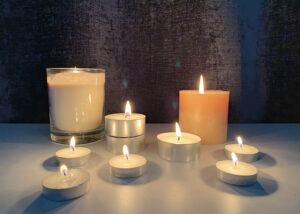My mother sternly warned me against doing such a thing, and I’m sure I echoed her feelings to my children and grandchildren as they grew up. Yet, as the years flew by, I had a growing urge to just do it: to write on the walls of the little room beside our master bedroom.
The tiny room with barely enough space for a single bed and dresser was little Jana’s room when we moved to Walnut Street. Her “Precious memories” poster that hung on the wall became our bedtime prayer: “Jesus watches over me and hears me when I pray. He always keeps me in his heart and loves me every day.”
As she grew up and then moved on, the little room became the place where the littlest grandchildren slept during afternoon naps or sleepovers, until they, too, needed larger spaces and left that little room beside the master bedroom behind.
After that, eclectic things moved in, things that didn’t have a permanent place, things that belonged elsewhere, things that needed to be protected from the growing number of grandchildren. It gradually evolved into a place to “temporarily” store my things: professional development manuals, study guides, future and unfinished projects, keepsakes, greeting cards and pictures. Still, it remained a room without a sense of order, just a collecting point where, if you couldn’t find something, it might be located in the little room beside the master bedroom.
Then by chance one day I found the original cupboards from my first childhood home, complete with the breadboard that my mom used for rolling pies and cookies. It was an amazing find—a desk of memories just for me, I thought, as an idea for the little room beside the master bedroom began to bloom in my mind.
And so the walls of the room became a place to hang my diplomas and a couple of bulletin boards to tack on quotes and songs I didn’t want to lose. The cupboard became my workstation, and the breadboard, a perfect tray for my laptop, while a high stool to sit on as I worked was a chance to move up in the world! Also, it was a quiet place for my morning devotions and to bask in my seasonal affective disorder (SAD) light in the winter.
But still this urge to write on the walls kept bubbling up in my mind, a place where, with abandon, I could leave my mark. Should I actually do it? Could I? What was holding me back? What if I made a mistake? What if it didn’t turn out like I imagined? What if writing on the walls didn’t fill this need within my soul?
But how could I go wrong by jotting down Scripture texts, quotes from books I’d read or heard from seminars or sermons, nuggets of truth that resonated within my soul, or greeting-card quotes offering words of encouragement from friends and family?
And so at last I began by writing that text from Deuteronomy, which simply had to be there, since it encourages writing on your walls and makes it biblical: “Love the Lord your God with all your heart and with all your soul and with all your strength. These commandments that I give you today are to be on your hearts. . . . Write them on the door frames of your houses and on your gates.”
Since this is a work in progress, I’m not sure what will end up written there. But just as this little room beside the master bedroom has changed as our family grew and changed, so too will the writing on the walls. And I have faith that these words will give me courage to stretch and grow into all God created me to be, as I pray that childhood prayer and perhaps even write it on the wall: “Jesus watches over me and hears me when I pray. He always keeps me in his heart, and loves me every day. Amen.”
Phyllis Ramer is the coordinator of Women of Mennonite Church Eastern Canada and serves on the Mennonite Women Canada executive. She attends Kingsfield-Zurich Mennonite Church in Zurich, Ont.
—Posted Nov. 6, 2014










Leave a Reply
You must be logged in to post a comment.